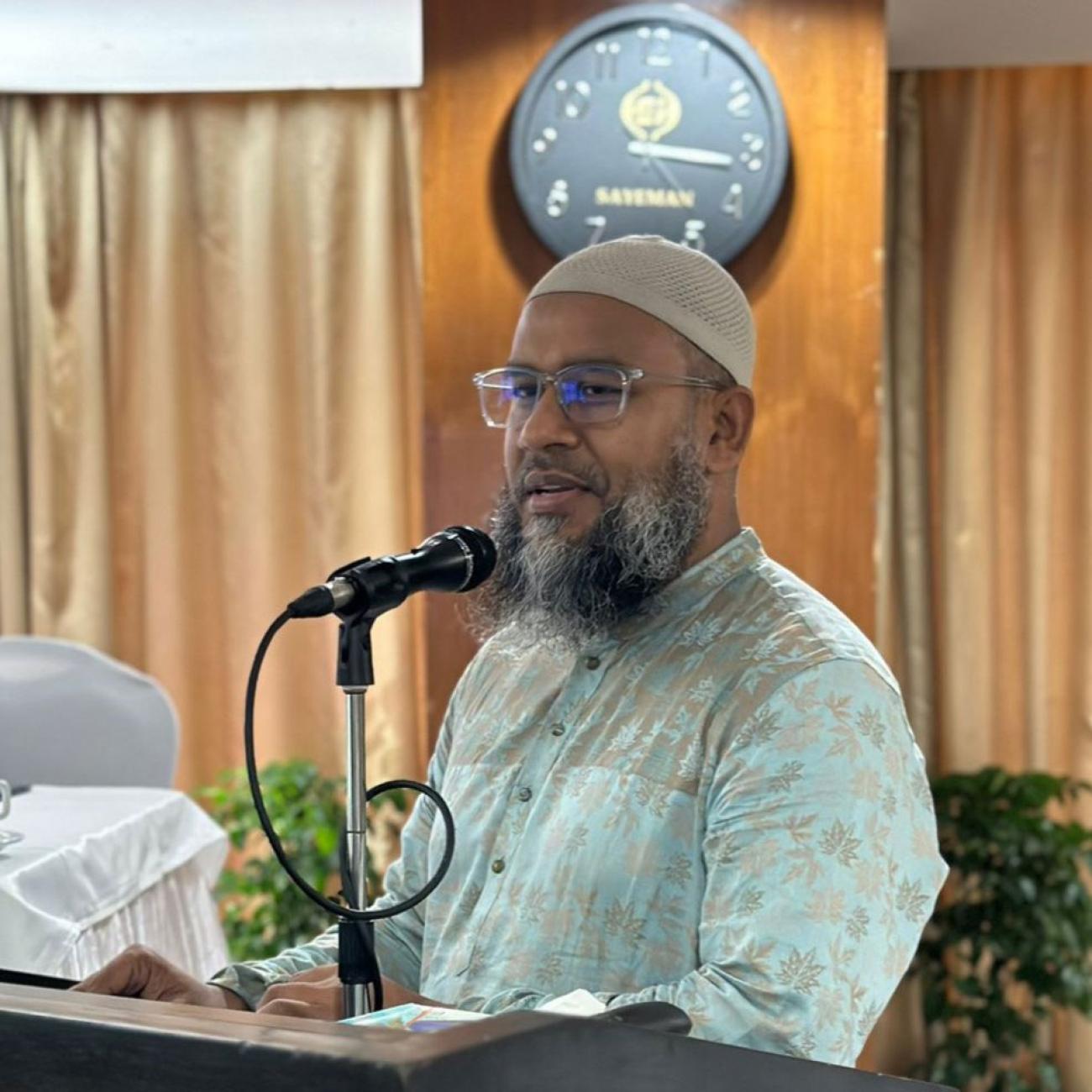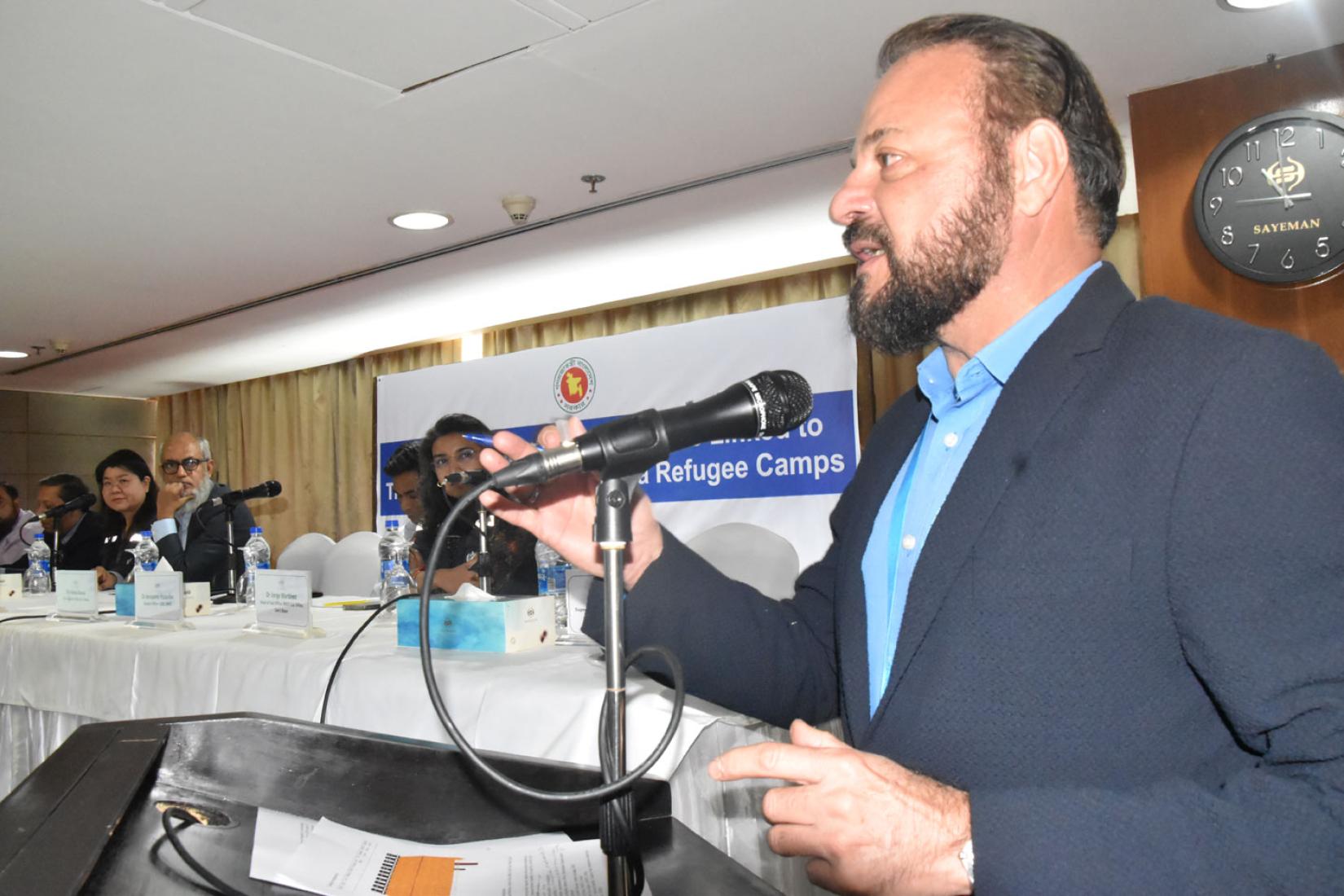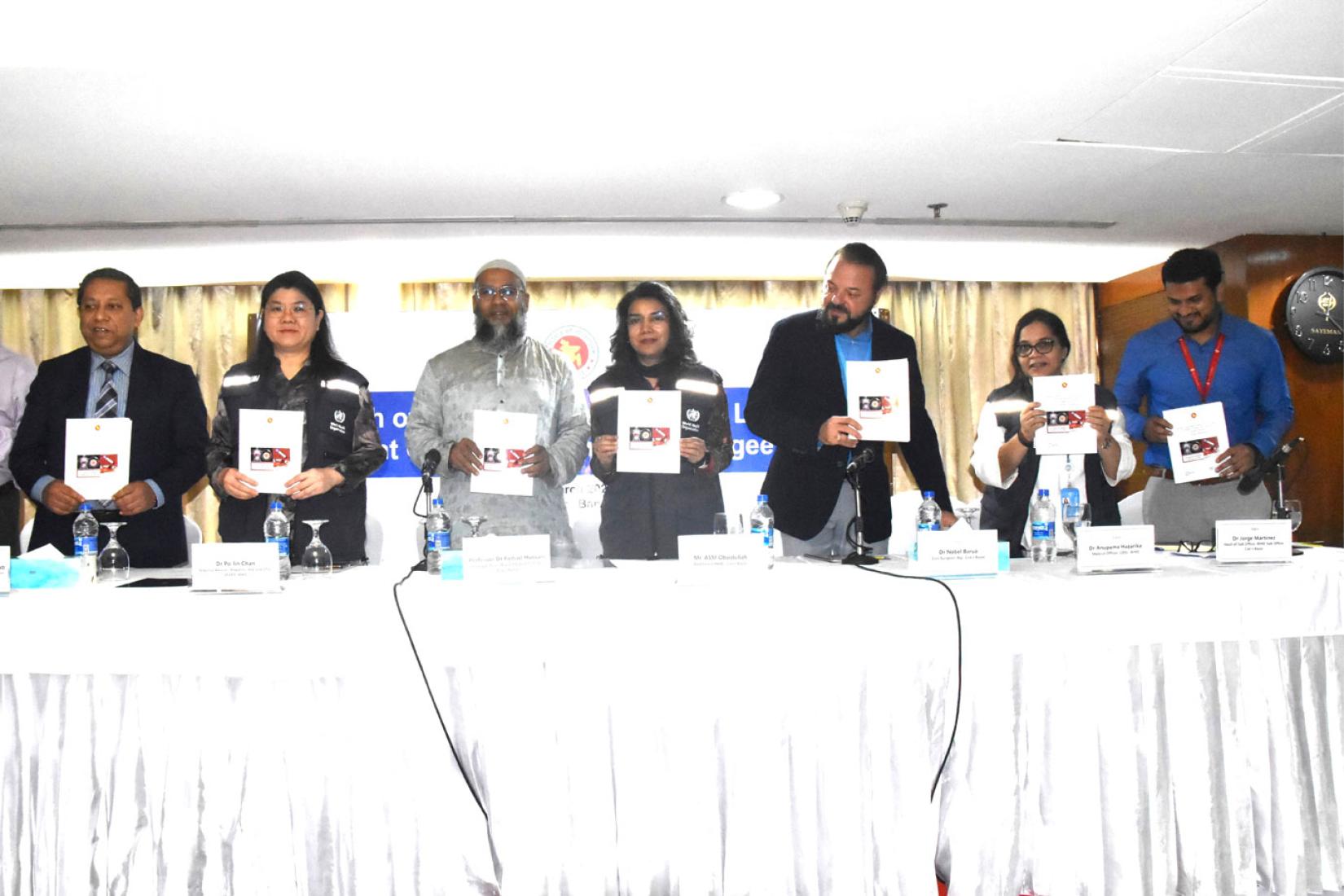Combatting Hepatitis C: WHO’s Strategic Surveillance and Treatment Initiative in Rohingya Camps

15 March 2024
In a significant healthcare development for the Rohingya refugees, the World Health Organization (WHO) launched a Hepatitis C surveillance program linked to treatment centres on March 6, 2024, in Cox’s Bazar, Bangladesh. This initiative garnered involvement from various stakeholders including representatives from the Government of Bangladesh, UN agencies, international NGOs, and health experts. The primary objective of this initiative was to combat the high prevalence of Hepatitis C within the refugee population. Preceding the program's official launch, WHO conducted comprehensive training sessions from March 3-5, 2024.
Hepatitis, particularly types B and C, constitutes a significant global health concern due to its potential to cause severe diseases like cirrhosis and liver cancer. The worldwide chronic Hepatitis C infection affects approximately 58 million people and results in about 290,000 deaths each year.
In Bangladesh, the general prevalence rate of Hepatitis C is estimated to be between 0.2% and 1%. However, a specific study highlighted a much higher prevalence rate of 13.2% among Rohingya refugees and 8% among pregnant Rohingya women. These rates are substantially higher—nearly tenfold compared to the host population in Bangladesh and threefold higher than the 4.1% prevalence observed in general immigrant populations.
“The figures are concerning. We hope to witness a decline in Hepatitis C prevalence and an increase in treatment coverage. We are dedicated to collaborating with WHO and partners to make this endeavour successful, with a strong focus on disease prevention,” said Mr Abu Saleh Mohammed Obaidullah, Deputy Secretary, Refugee Relief and Repatriation Commissioner’s Office, Cox’s Bazar.
Speaking at the launch, Dr Po-lin-CHAN, WHO SEARO Regional Adviser on HIV, Hepatitis, and STIs, highlighted the health burdens of the South-East Asia region, emphasizing the need for ongoing efforts to combat HIV, viral hepatitis, and STIs. She pointed out the critical situation of approximately one million hepatitis cases among pregnant women and children in the region.
The WHO Cox’s Bazar Sub Office’s comprehensive Hepatitis C surveillance and treatment program leverages the capabilities of the Cox’s Bazar Medical College IEDCR field laboratory and has provided medication to 1000 diagnosed individuals, supported by SEARO. Additionally, two new treatment centres will open in partnership with IOM and Save the Children health facilities, ensuring prompt diagnosis and intervention while following a standardized procedure to guide efforts toward health equity for all.
“WHO is dedicated to supporting Health Sector partners in the surveillance and treatment of Hepatitis C, which is highly prevalent in the Rohingya camps, affecting pregnant women and young adults. Our goal is to alleviate the impact of this disease on the Rohingya and, eventually, on the surrounding host communities, contingent upon the availability of funds. We urge all partners to join forces in this endeavour,” said Dr Jorge Martinez, Head of WHO Cox’s Bazar Sub Office.

This surveillance program, connected to treatment centres, marks a significant advancement in healthcare services for the Rohingya refugees. WHO is dedicated to reducing the burden of Hepatitis C through diligent surveillance and increased treatment options, aiming to improve health outcomes for the community.
“With this initiative, we can increase access to Hepatitis C surveillance and the availability of treatment centres in health facilities in the camps. This initiative is a testament to WHO’s steadfast dedication to fairness and inclusiveness in healthcare, guaranteeing that even under the most difficult conditions, everyone receives care,” said Dr Aarti Singh, WHO Cox’s Bazar Health Ops Team Lead
For more information on this publication, please email Terence Ngwabe Che, External Communications Officer at WHO Cox’s Bazar Office, Bangladesh, at chet@who.int








